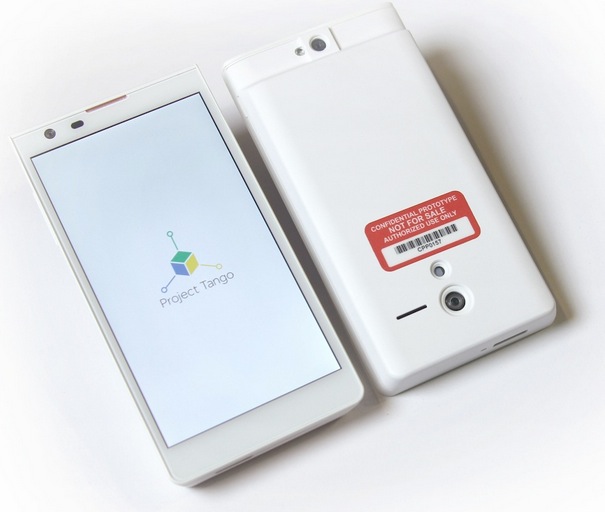Apple's CarPlay puts iOS on your dashboard
// The Verge - All Posts

As was rumored on Friday, Apple is today finally ready to launch a new iPhone integration setup for car infotainment systems. Calling it CarPlay, the Cupertino company claims it's "designed from the ground up to provide drivers with an incredible experience using their iPhone in the car." CarPlay is built primarily around the use of Siri voice commands and prompts, providing an "eyes-free" experience where you can respond to incoming calls, dictate text messages, or access your music library. It's also predictive, claiming to know where you'll most likely want to go based upon addresses found in your email, texts, contacts, and calendars. Apple's Maps are also an integral part of the service, which was previewed back in June of last...





